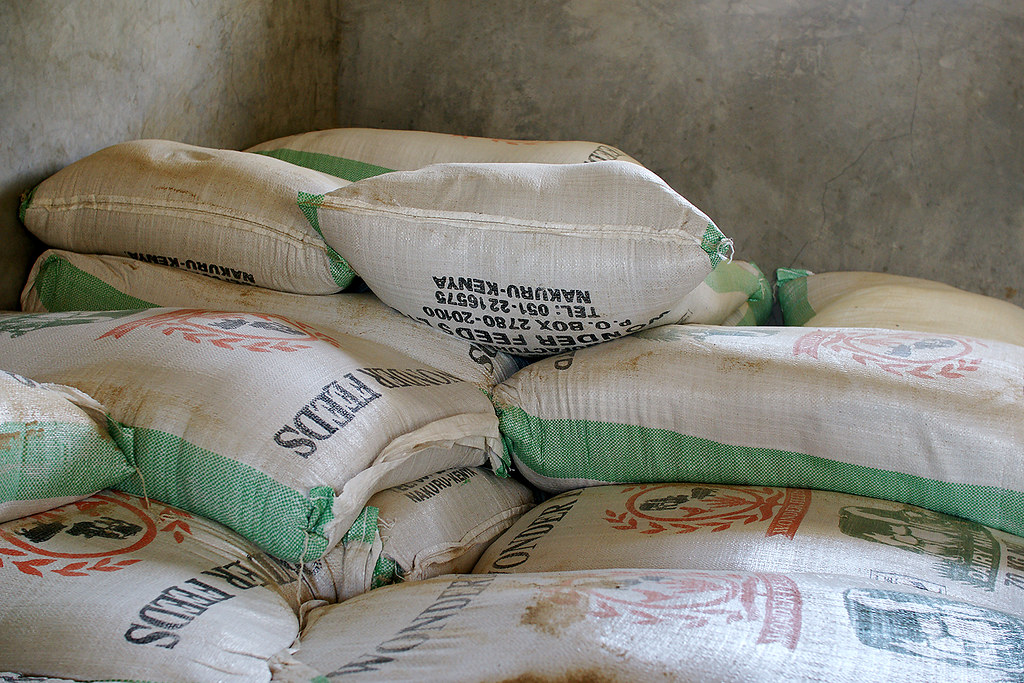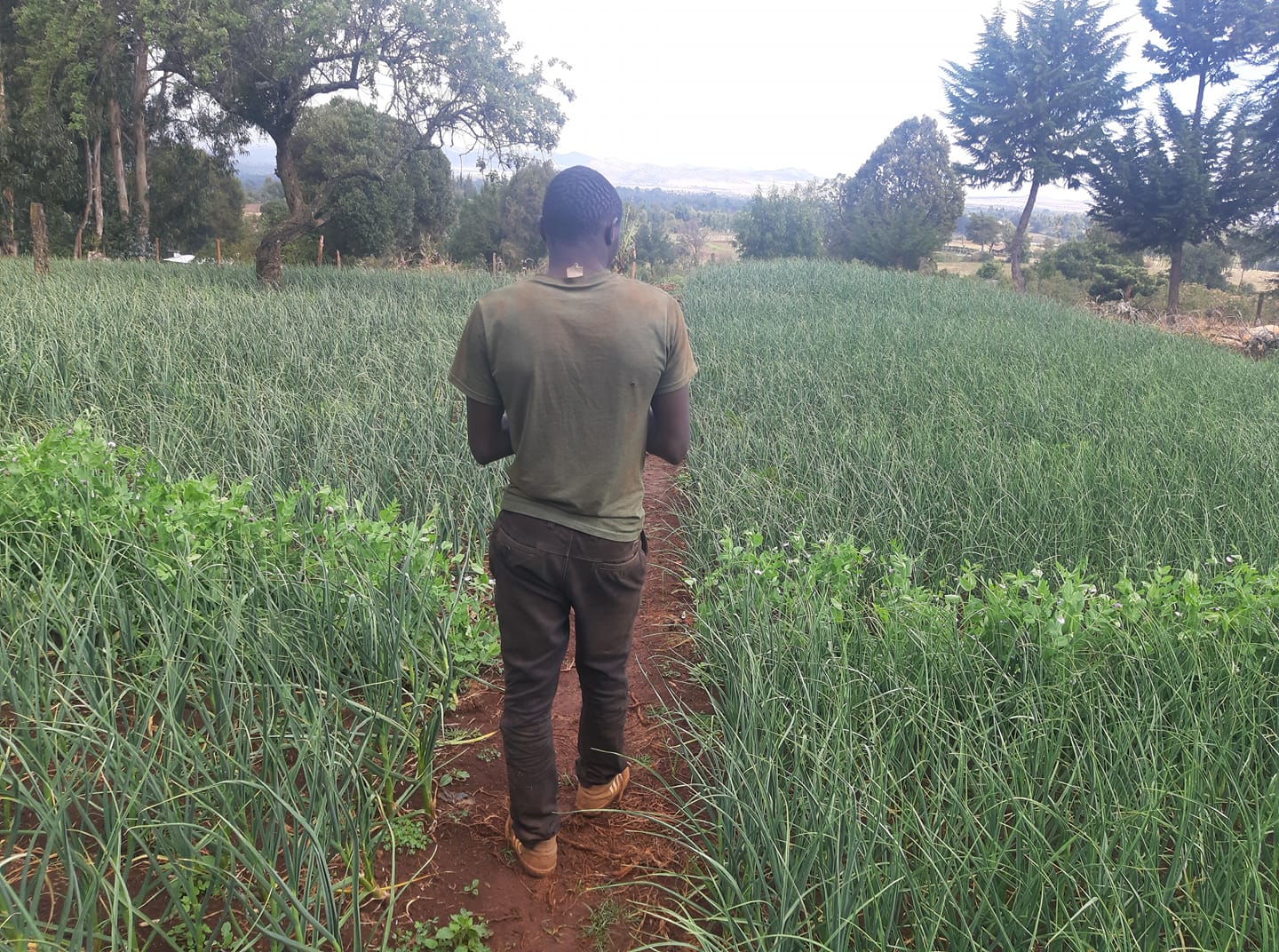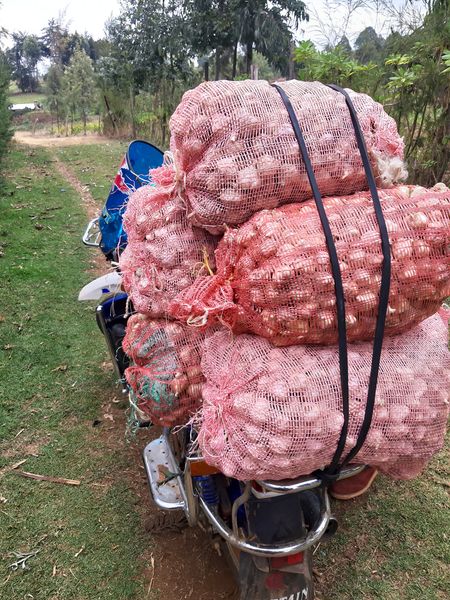
By George Munene
Across Kenya, in Kilifi, Kwale, Kakuma, Embu, West Pokot, the informal settlements of Kawangware, Mukuru Kwa Njenga, and Kibera poor farmers who were previously on the fringes of the larger economy are now leasing shambas, buying agricultural inputs, sinking water wells, buying and selling their crop, all with little engagement with the country's national currency but through Sarafu ya Jamii, a community inclusive digital currency.
Sarafu was developed by American economist Will Ruddick, the founder of Grassroots Economics, a non-profit foundation, and rolled out in late October 2020. Thus far, Sh3.4 million worth of transactions has been made in Sarafu countrywide. In Kwale alone, though its Shamba ya Jamii program, it has 60 farming chamas each with 20 members. In Kilifi, farmers can receive payment for selling their agriproduce to mama mbogas in Sarafu, which they can then use to buy a cup of tea. The community inclusive currency acts as a conduit for the supply of labor and products to a marketplace that is often education and skills rich but monetarily poor.
Related News: Kenyan agritech startup raises farmer incomes 170% by value addition & streamlined market access
Related News: Tukalime: innovative service helping 'telephone farmers' farm & market produce
"Through Sarafu, we hope to redefine donor funding models by building self-sustaining and empowering models of helping communities develop their own prospering economies with the privilege and stability of their own currencies, " said Grassroots Economics Director Shaila Agha.
Users are onboarded on Sarafu through *384*96# USSD code. At entry, one gets 50 free Sarafu coins. They then transact with other users offering products (eg, food, water) and services (eg, farming labor, education) to earn more coins.
Though cryptocurrency is all the vogue, Shaila explains that theirs is a community-held digital currency. Unlike crypto, Sarafu is a stable currency that cannot be speculated on. Though its value is one to one with the Kenyan shilling it cannot be converted to cash, rather it exists as a permanent digital ledger of transactions. A two per cent tax is also charged to any Sarafu hoarders--after all, there is no cashing out and buying a Lamborghini with the digital currency. These coins are transferred to frequent users who have a more obvious need for currency.
Related News: 4,000 western Kenya farmers get training & market from Farm Africa project
Beyond the use of digital currency, Grassroots Economics is also working to empower farming communities through financial literacy (users cannot accept payments of over 20 per cent in Sarafu); entrepreneurial training—giving farmers in Kinango, Kwale County value addition tools and skills for refining moringa into soap; teaching farmers modern agriculture methods like syntropic agriculture.
The non-profit also plans on putting more money into farmers' pockets through monetizing its large data repository to offer solutions for companies in the agricultural space and aggregating the land of its over 1300 farmers to help them benefit from the carbon credit system.



















